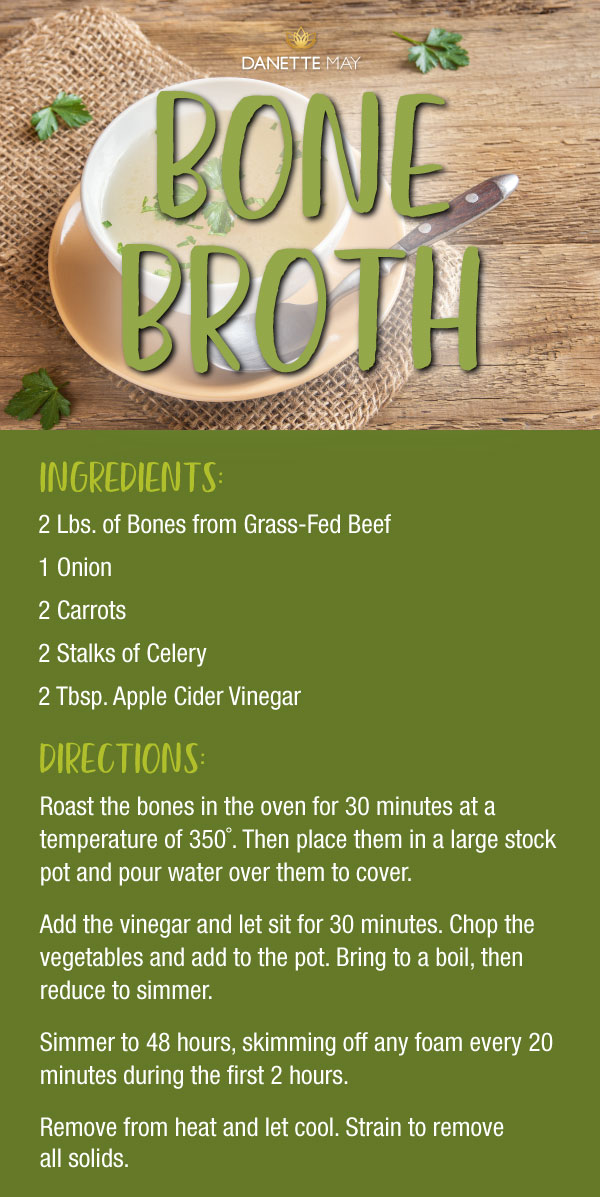If you eat Indian food you're familiar with turmeric, it’s the main spice in curry.
It’s what gives so many Indian foods their deep orange color and rich flavor.
Besides being a great spice, turmeric has been noted for its many health benefits. It’s one of the most useful and well known medicinal herbs due to its many healing qualities.
Top 12 Reasons to Eat Turmeric
1. It’s an anti-inflammatory.
2. It cuts the risk of cancer.
3. It’s a powerful detox agent.
4. It boosts cognitive function.
5. It helps restore blood sugar balance.
6. It improves kidney function.
7. It lessens the symptoms of arthritis.
8. It helps with symptoms of stomach problems.
9. It’s an anticoagulant.
10. It’s an effective therapy for mild depression.
11. It helps control cholesterol.
12. It’s a natural pain killer.

- Studies have shown that when you add this spice to grilled meat, you cut down on harmful HCAs.
- Using it when you cook carrots and pumpkin help retain their high levels of beta-carotene.
A Couple of Warnings About Over-Use
With so many good reasons for using turmeric, it’s important to note that too much of a good thing can be a big problem.
People who boost their turmeric too much can have allergic reactions to the spice. It’s a good idea to keep it away from your skin, as it can cause an itchy rash for some people.
Too much turmeric can cause some uncomfortable, and even serious side effects including:
- Nausea
- Diarrhea
- Risk of bleeding
- Elevated liver function results
- Hyperactive gallbladder
- Lowered blood pressure
- Uterine contractions in pregnant women
- Increased menstrual flow
People who are taking aspirin or other blood-thinning drugs should stay away from turmeric. The same is true of people who are taking anti-inflammatory drugs.
TweetIf you want to add turmeric to your diet, doing so is easy.
Turmeric is available in the spice aisle of most stores, but the spices you can buy at an Indian market will likely be freshest, and may even be organic. You can also find fresh turmeric root at these stores near the ginger root.
You can add this to soups, salads and marinades. If you're able to find the root, it needs to be kept in your refrigerator, but the dried spice can be kept in a sealed container in a cool, dry place.
One of the easiest and most delicious ways to add turmeric to your diet is to add it to egg salad. It gives it great flavor and a beautiful color. Other people add it to brown rice with raisins and nuts or use it to season fresh steamed vegetables like cauliflower.
Just be careful when you’re using it – turmeric stains!
One of our favorite ways to enjoy turmeric is to use it to make tea. Earth Echo made it easier for you! Grab a pouch of the Golden Superfood Bliss , it's what I personally use! You can also enjoy the quick recipe below.

Yours in health and happiness,
Danette
P.S. Please help me spread the word about turmeric by sharing this with your friends and let me hear from you too in the comments below. Is turmeric a staple in your kitchen now?









